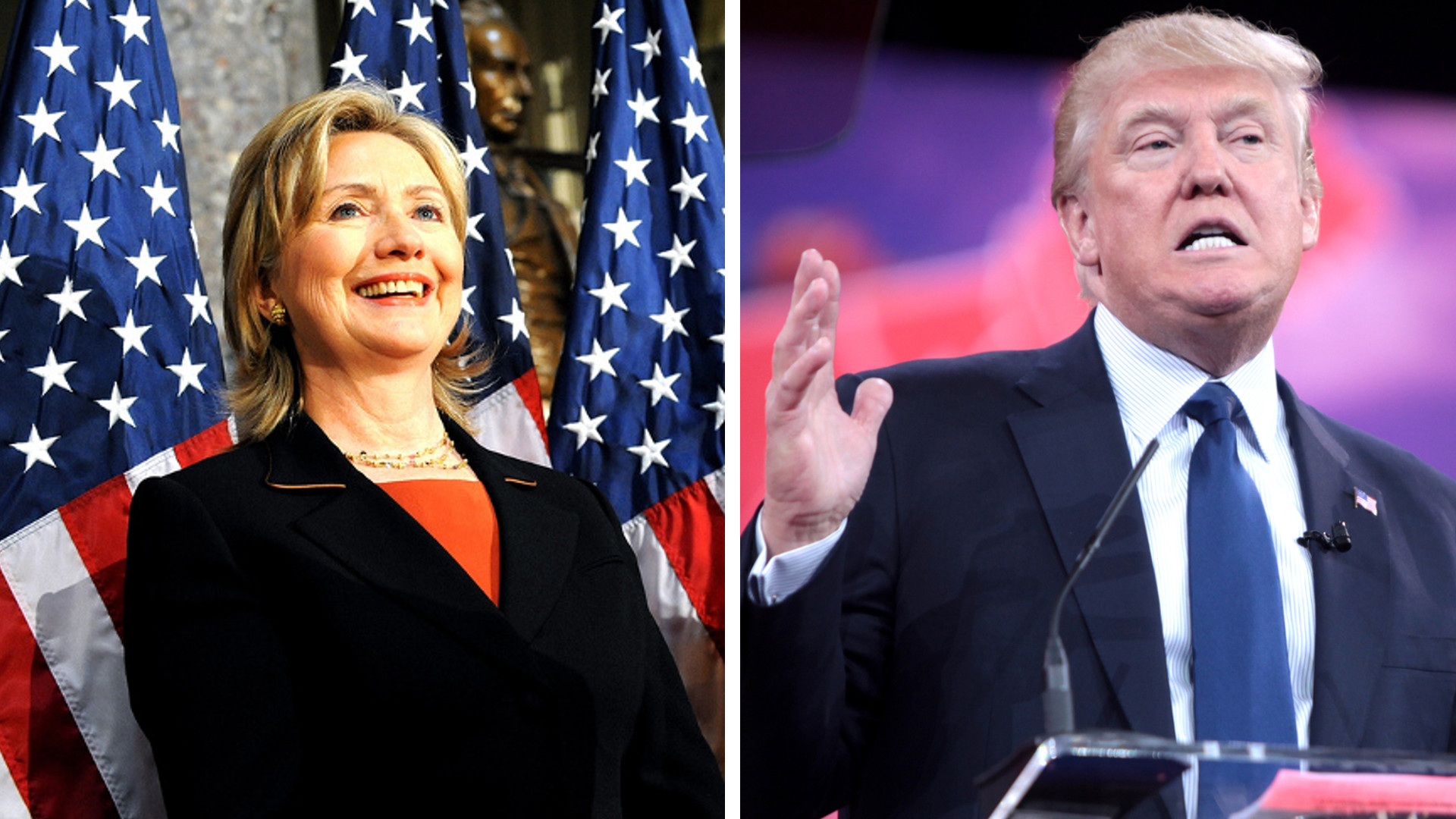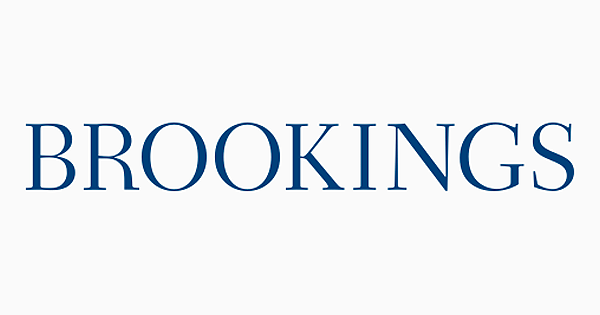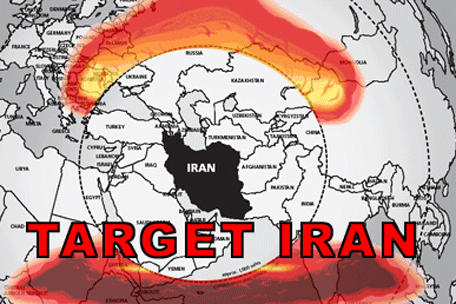
Last week, I noted two major features of media coverage of the presidential race, based on an analysis of eight major outlets. First, Trump gets a huge amount of coverage — much more than Clinton. Second, the tone of that coverage is a largely a wash overall. Neither candidate is consistently covered more positively or negatively.
Now that we are a few days beyond Monday night’s debate, has that changed? Yes and no.
The team behind that analysis, The Data Face, updated its numbers and sent along these graphics. First, here is the volume of coverage of Donald Trump and Hillary Clinton in the 48 hours after the debate:
Despite the consensus that Clinton won the debate, Trump has received nearly three times the coverage that Clinton has received.
But that’s not necessarily good news for Trump or bad news for Clinton. Here is a graph capturing how positive or negative that coverage was:

Clinton’s coverage since the debate has been much more positive than Trump’s and more positive than she has typically received. Indeed, this has been the most positive coverage she’s received since June.
Here’s another way to look at it, focusing on just the week before the debate and the days after:
To be sure, tone is measured on a -1 to +1 scale (for more details, see here.). You can see in these graphs that the spike in positive coverage for Clinton goes from about 0.8 to 0.11. So this spike doesn’t reflect massively positive coverage. The post-debate coverage still reflects the norm of objectivity that guides how most news outlets try to report on candidates. And, yes, that norm is very much alive and well, much as it was in 2012.
But because media coverage of debates is crucial in how voters interpret them and whether they help or hurt candidates, this trend also suggests that Clinton will ultimately benefit from her performance on Monday night — at least in the short run.
Thanks to Jack Beckwith for these graphics.



Expositores: Oscar Vidarte (PUCP) Fernando González Vigil (Universidad del Pacífico) Inscripciones aquí. Leer más
Una retrospectiva para entender los próximos cuatro años. Leer más
En la conferencia se hará una presentación de los temas más relevantes del proceso de negociación se llevó a cabo desde el 2012, así como del acuerdo de paz firmado entre el Gobierno colombiano y la guerrilla de las FARC a finales del 2016. Se analizarán los desafíos y las... Leer más
El Observatorio de las Relaciones Peruano-Norteamericanas (ORPN) de la Universidad del Pacífico es un programa encargado de analizar y difundir información relevante sobre la situación política, económica y social de Estados Unidos y analizar, desde una perspectiva multidisciplinaria, su efecto en las relaciones bilaterales con el Perú.
© 2024 Universidad del Pacífico - Departamento Académico de Humanidades. Todos los derechos reservados.

